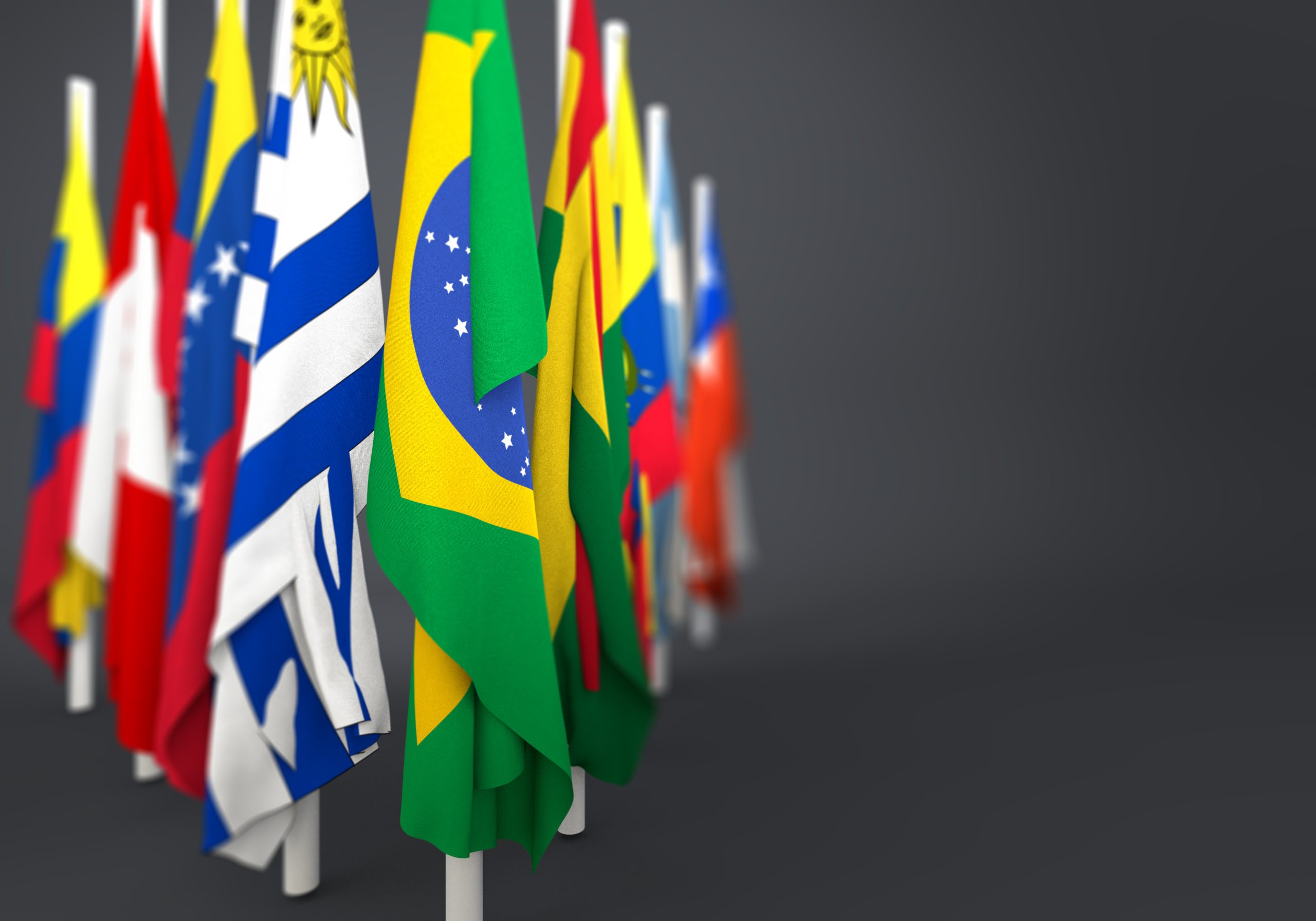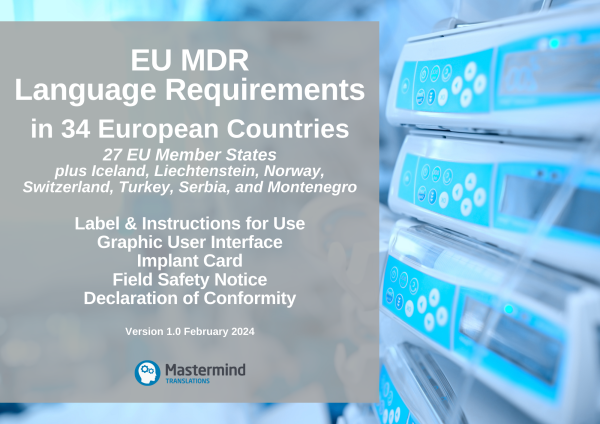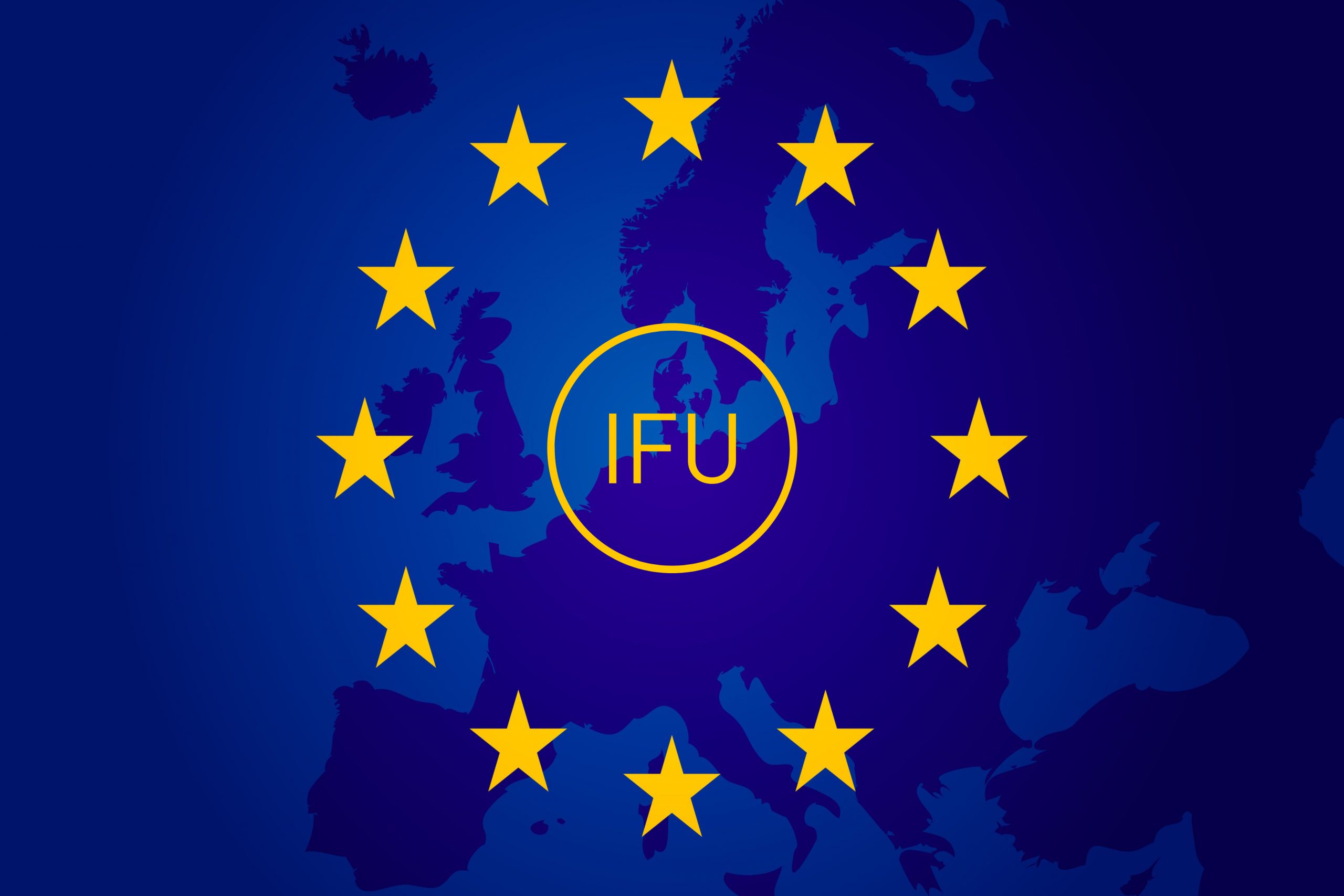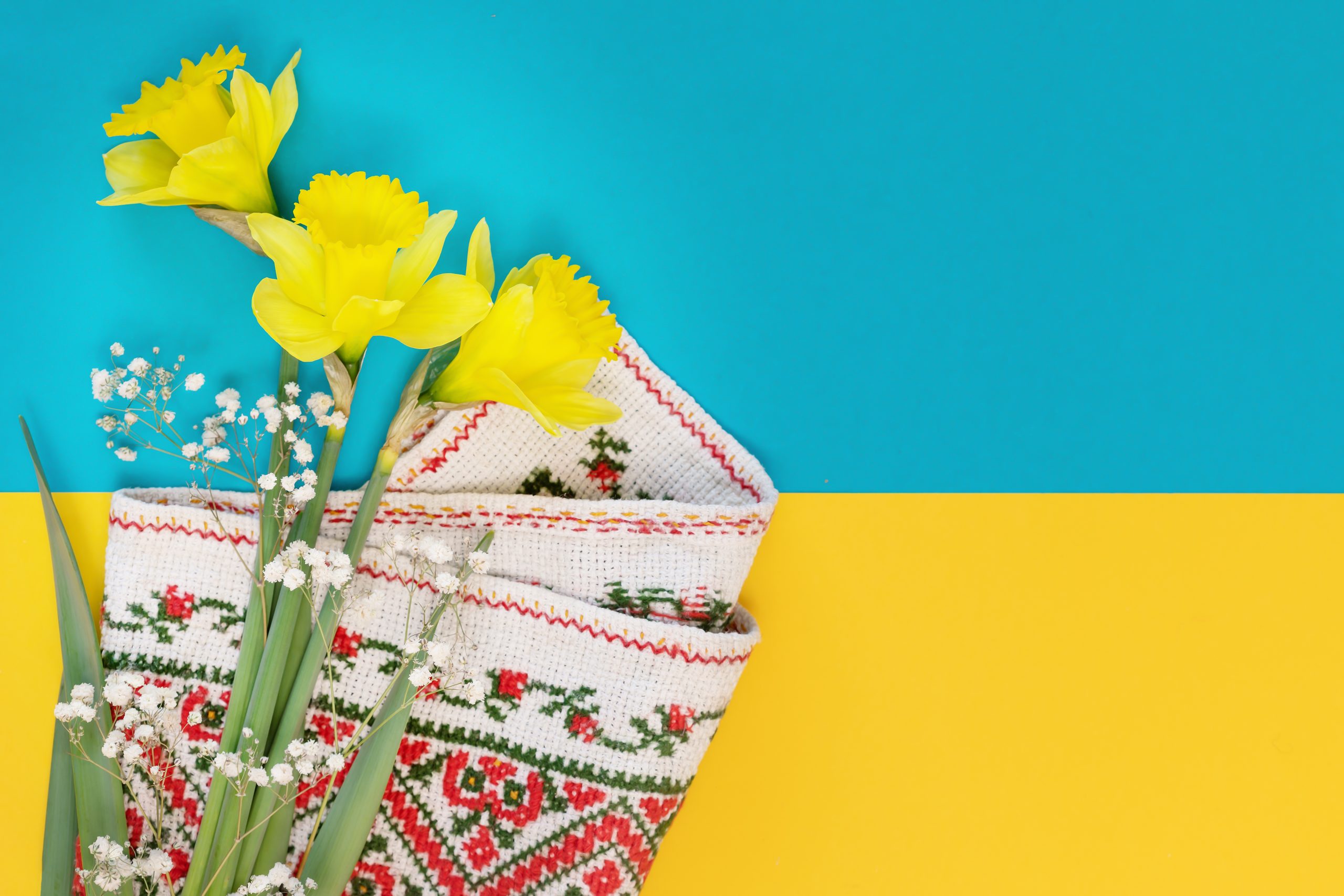Latin America, with its vast population of over 650 million across 20 countries, presents a rapidly growing market for medical device companies. Factors such as population growth, enhanced healthcare accessibility, and an increase in chronic diseases have fuelled rising demand for medical technologies in the region. Recent improvements in the medical device regulatory framework further facilitate market entry for medtech companies with global ambitions. To successfully navigate the local regulatory environment, manufacturers must comply with language requirements, and ensure that specific information is provided in the requested languages, such as Spanish or Portuguese. In this article, we explore the language requirements for medical devices in five major Latin American countries. We shed light on national medical device regulations, and the language criteria set by local regulatory agencies responsible for medical device registration and compliance.
What are the language requirements for medical devices?
The language requirements for medical devices are specific linguistic criteria and obligations imposed on medical device manufacturers, their representatives and distributors, in the process of placing a device on a foreign market. As part of regulatory compliance, these language requirements dictate the languages in which certain information must be provided.
In the context of language requirements for medical device translations, the terminology used to address similar concepts may very across jurisdictions. However, the information that must be translated typically falls into two distinct categories:
- user-facing information
User-facing information, also known as labelling or product information, refers to the information that accompanies the medical device and is intended for its user. This information may appear on the device’s packaging (label), in the instructions for use (IFU) or directly on the device itself, such as on its screen. It provides crucial details on the safe and effective use of the medical device, as well as other data relevant to the user, such as product identification. Other user-facing information covered by mandatory language requirements may include implant cards and field safety notices. - technical documentation
Technical documentation, sometimes referred to as submission documents, a technical file or technical dossier, is a set of documents providing detailed information about the design, development, manufacturing, and intended use of a medical device. It may include design and development documentation, manufacturing specifications, clinical evaluation data, model labels and IFUs, and risk management documentation. This documentation serves as a resource for regulatory authorities, conformity assessment bodies, and other stakeholders involved in the evaluation, approval, registration, and ongoing surveillance of medical devices in a given country.
While there is often an overlap in the language requirements for both categories of information, certain countries may have more flexible rules for technical documentation, accepting it in languages other than the national language(s). In addition, many countries, particularly among the member states of the European Union, offer exemptions from their national language requirements for medical devices intended exclusively for healthcare professionals.
What are the language requirements for medical device companies seeking market access to Latin America?
The Latin American region, often referred to as simply LatAm, is less diverse linguistically than Europe. The major economies for medical devices in Latin America are Brazil, Mexico, Argentina, Colombia, and Chile. These five countries can be covered in just two local languages: Spanish and Brazilian Portuguese.
What are the language requirements for medical devices in Brazil?
Medical devices in Brazil are regulated by the Brazilian Health Surveillance Agency (Agência Nacional de Vigilância Sanitária, ANVISA) and must complete a device registration process.
Resolution of the Collegiate Directorate (Resolução da Directoria Collegiada) no. 751 of 15 September 2022 explicitly states that the information on labels and in the IFU must be in Brazilian Portuguese.
Resolution of the Collegiate Directorate, Chapter VI, Section I
The information on the labels and in the instructions for use of medical devices must meet the following general requirements:
I. The information on the labels and instructions for use must be written in the Portuguese language
The language requirements are somewhat more lenient for the technical documentation dossier.
Application forms for notification and registration of a medical device (or amendment, revalidation or cancellation thereof) as well as model labels and IFUs must be submitted to ANVISA in Brazilian Portuguese.
Resolution of the Collegiate Directorate, Chapter III, Section I
§ 9 The application forms, model instructions for use or user/operator manuals and model labelling must be submitted in Portuguese.
However, other supporting documents submitted as part of the technical documentation dossier in those procedures may be in Portuguese, Spanish or English.
Resolution of the Collegiate Directorate, Chapter III, Section I
§ 10 The other documents, not mentioned in the previous paragraph, which make up the medical device applications may be submitted in Portuguese, Spanish or English, according to the rules defined in specific regulations.
This rule also applies to the declaration issued by the legal manufacturer authorising the applicant company to represent and market its device(s) in Brazil, and to the proof of registration or certificate of free trade, granted by the competent authority of the country where the medical device is manufactured and/or marketed. These documents must be officially legalised (by a consulate or apostille service) and accompanied by a certified translation when not written in Portuguese, English, or Spanish.
What are the language requirements for medical devices in Mexico?
The Federal Commission for Protection against Sanitary Risk (Comisión Federal para la Protección contra Riesgos Sanitarios, COFEPRIS) is the regulatory authority responsible for overseeing the registration, import, distribution, and surveillance of medical devices in Mexico.
The Health Supplies Regulation (Reglamento de Insumos para la Salud) of 4 February 1998, amended on 31 May 2021, states that to register a medical device, the application and the supporting documents, including model labels and IFU, must be in Spanish.
Health Supplies Regulation, Article 179
To obtain the sanitary registration of the Supplies referred to in Chapter IX, of the Second Title of these Regulations, it is required to submit an application in the official format, to which the following documentary information will be attached:
II. The model label in Spanish, under the terms of the corresponding Standard;
III. The instructions, if applicable, for its use or operation manual in Spanish;
Letters of representation must be presented in Spanish or translated into Spanish by an expert translator.
Health Supplies Regulation, Article 161
Documents from a foreign country that are submitted for the importation or registration of the Supplies referred to in this Regulation, must meet the following requirements:
III. The letters of representation will be authenticated by the legal procedure that exists in the country of origin. These letters must be presented in Spanish or in another language, with their respective translation, made by an expert translator.
This is confirmed by the guidance provided on the Government of Mexico portal, which lists all documents required for the registration of medical devices of foreign origin and states that all the documents that accompany the applications must be submitted in Spanish, or otherwise, their respective translation into Spanish must be attached to them, endorsed with the signature of the health officer. Documents issued by authorities of other countries must be apostilled or legalised and translated by an expert translator.
Although Mexico offers Equivalency Review for devices already approved in the USA, Canada or Japan, all documentation required in this speedier regulatory pathway still needs to be submitted in Spanish.
What are the language requirements for medical devices in Argentina?
In Argentina, the National Administration of Drugs, Foods, and Medical Devices (Administración Nacional de Medicamentos, Alimentos y Tecnología Médica, ANMAT) serves as the competent authority for the regulation of medical devices.
ANMAT Disposition 2318/2002 of 2002 approved the Mercosur Technical Regulation for the Registration of Medical Products in Argentina. Annex III.B states explicitly that the information on the label and in the IFU must be written in the language of the State Party in which the medical device is being registered. In the case of Argentina this is Spanish.
Mercosur Technical Regulation for the Registration of Medical Products, Annex III.B
Information on labels and instructions for use for medical devices
1. General Requirements
1.1 The information on the label and instructions for use shall be written in the language of the State Party in which registration of the medical device is being sought.
All technical documentation submitted to ANMAT in the process of registering medical devices of all risk classes must be in Spanish.
What are the language requirements for medical devices in Colombia?
In Colombia, the competent authority responsible for regulating medical devices is the National Institute for Food and Drug Surveillance (Instituto Nacional de Vigilancia de Medicamentos y Alimentos, INVIMA).
Decree no. 4725 of 2005 regulating the system of registrations, marketing permits and surveillance of medical devices for human use (Decreto número 4725 de 2005 por el cual se reglamenta el régimen de registros sanitarios, permiso de comercialización y vigilancia sanitaria de los dispositivos médicos para uso humano) explicitly states that any foreign-issued documents required in those procedures must be officially translated into Spanish and authenticated.
Decree no. 4725 of 2005, Article 44
Documents issued abroad
When the documents required by this decree are issued abroad and correspond to official information, they must be authenticated by the respective Colombian consul and by the Ministry of Foreign Affairs or, if applicable, with the Apostille stamp, in compliance with Articles 65 and 259 of the Code of Civil Procedure, as the case may be, and when they are not in Spanish, they shall require an official translation.
Spanish translation is also required alongside the English original for any technical and scientific information.
Decree no. 4725 of 2005, Article 49
Language of technical and scientific information
Technical or scientific information may be submitted in English with an official translation into Spanish.
Labels and IFUs must be in Spanish.
Decree no. 4725 of 2005, Article 56
Insert
When the medical device or biomedical equipment of controlled technology has an insert, this shall contain, in Spanish, sufficient information to ensure the proper performance of the procedure and safe use.
Decree no. 4725 of 2005, Article 57
Labels, tags and packaging of imported medical devices
The labels, tags and packaging of imported medical devices shall be accepted as established in the country of origin.
In this case, an additional label or label in Spanish will be required, which complies with the general provisions on labelling and the information on labels referred to in Articles 54 and 55 of this Decree, as well as the name and address of the importer and the health registration number or marketing permit.
[…]
The device must be accompanied by the information necessary for its safe use and for identifying the manufacturer, taking into account the training and knowledge of potential users. This information shall consist of the information given on the label and in the instructions for use.
What are the language requirements for medical devices in Chile?
The National Agency for Medical Devices, Innovation, and Development (Agencia Nacional de Dispositivos Médicos, Innovación y Desarrollo, ANDID), part of the Institute of Public Health (Instituto de Salud Pública, ISP), serves as the competent authority in Chile, responsible for regulating and ensuring the safety, quality, and efficacy of medical devices in the country.
The current national regulatory model for medical devices requires the obligatory registration of 10 types of medical devices and IVDs. For other types of devices, a file revision is a voluntary procedure.
In the process of the compulsory registration, technical documentation, including the model labels and IFU, must be submitted in Spanish. This is specifically requested, for example, in the instructions for completing the application form to register a defibrillator which is subject to the compulsory registration procedure.
Similarly, the application instructions for a file revision for medical devices and IVDs undergoing the voluntary review procedure state that Spanish is required for technical documentation as well as for promotional material (if available). Model IFU or inserts for medical devices must be submitted in Spanish, whereas for IVDs they must be in the same version in both Spanish and English.
For IVDs intended for professional use, the label in English only with the use of international symbols is acceptable, as long as this information is included in Spanish in the insert or IFU.
Any official documents issued by foreign authorities must be translated and legalised (with an affidavit).
How can medtech companies leverage the language requirements in LatAm regulatory pathways?
Successfully navigating the language requirements for medical devices in Latin America is essential for manufacturers seeking market access for their products in this highly promising region. The fact that only two languages, Spanish and Brazilian Portuguese, are required for registering a medical device in these five major Latin American countries makes the region very attractive for medical device companies looking to expand their presence, streamline operations, and reach a broader market. By understanding and meeting these language requirements, manufacturers can successfully enter the Latin American market and capitalise on its growing potential.
Interested in other markets?
If you are a manufacturer of medical devices interested in the European market, you can find detailed information on the language requirements across 34 European countries in our EU MDR Language Requirements Table 2024. This comprehensive Table offers English summaries of national legislations, detailing various exceptions and conditions, along with clickable links to the official sources. It is organised into dedicated sections covering the label/instructions for use (IFU) (lay vs professional use), graphical user interface (GUI) (lay vs professional use), implant card, field safety notice (FSN), and declaration of conformity (DoC). Available from our online store, this invaluable resource is regularly updated and incorporates the latest information published by the European Union in January 2024.
Please note that the information on the language requirements for medical devices across Latin America provided in this article is for guidance only and does not constitute professional regulatory advice. Translation of the legal texts quoted here is unofficial. In the case of specific questions related to regulatory compliance of your medical device or IVD, we recommend seeking assistance from a QA/RA specialist with proven expertise in the Latin American market, or a relevant competent authority.







